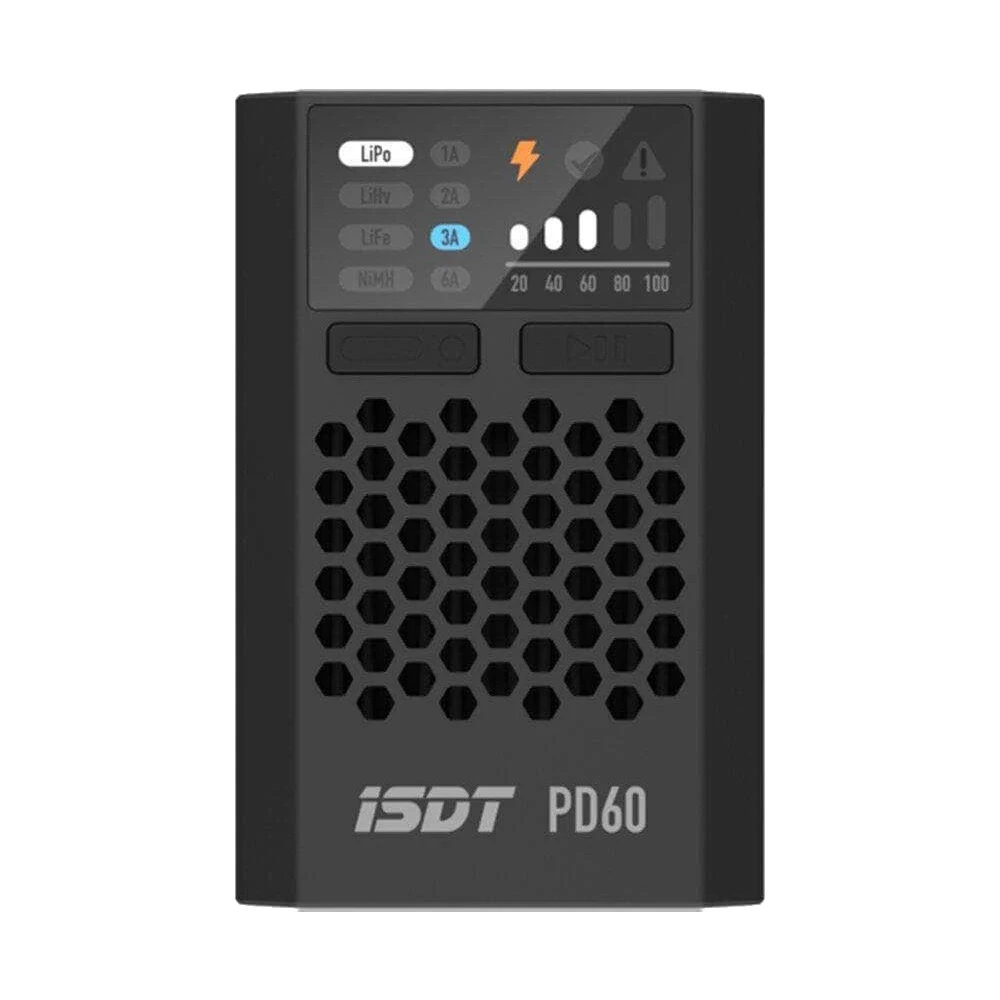
Lipo Battery: Your Gateway to Unstoppable Energy
Energize Your World with Lipo Batteries
In today’s fast-paced technological landscape, energy storage solutions are more critical than ever. One such breakthrough in energy storage technology is the Lithium Polymer (Lipo) battery. Renowned for their high energy density, lightweight nature, and versatility, Lipo batteries are becoming a preferred choice across various industries. This article delves into what Lipo batteries are, their unique benefits, applications, and how to maintain them effectively for long-term use.
What Are Lipo Batteries?
Lipo batteries, or Lithium Polymer batteries, are a type of rechargeable battery that use a polymer electrolyte instead of a liquid electrolyte. This gives them a higher energy density compared to traditional batteries. They are widely used in consumer electronics, drones, and RC models due to their lightweight and flexible form factor.
Why Choose Lipo Over Other Batteries?
Compared to other batteries like Nickel-Metal Hydride (NiMH) and Lithium-Ion (Li-ion), Lipo batteries offer distinct advantages. They have a higher energy density, which means they can store more energy in a smaller space, and they are lighter, making them ideal for applications where weight is a critical factor. Furthermore, their ability to be molded into various shapes and sizes adds to their versatility.
Section 1: The Mechanics of Lipo Batteries
How Do Lipo Batteries Work?
Lipo batteries operate on the principle of lithium-ion movement between the battery’s positive and negative electrodes through a polymer electrolyte. When the battery is charged, lithium ions move from the positive electrode (cathode) to the negative electrode (anode), and during discharge, they move back to the cathode, generating an electric current. This process is highly efficient and enables the high energy density that Lipo batteries are known for.
The Anatomy of a Lipo Battery
A Lipo battery consists of several key components:
- Cells: The basic unit that stores electrical energy.
- Protection Circuit: Ensures the battery operates within safe limits.
- Electrodes: Conductive materials through which the lithium ions move.
- Polymer Electrolyte: Provides a safer, more flexible alternative to liquid electrolytes.
Energy Density: The Lipo Advantage
One of the standout features of Lipo batteries is their high energy density, which allows them to store more energy per unit weight compared to other batteries. This makes them ideal for applications that require a lot of power in a compact, lightweight package, such as drones and portable electronics.
Section 2: Applications and Benefits
Unleashing Power in RC Models and Drones
Lipo batteries are the powerhouses behind many hobbyist and professional RC models and drones. Their high energy density and lightweight properties allow for longer flight times and improved performance, making them a favorite among enthusiasts and professionals alike.
Revamping Consumer Electronics
From smartphones to tablets, Lipo batteries are ubiquitous in modern consumer electronics. Their ability to provide a reliable and long-lasting power source in a compact form factor makes them indispensable in the design of portable devices.
Industrial and Military Uses
Lipo batteries are also used in various industrial and military applications, where their high energy density and reliability are crucial. They power everything from handheld tools to sophisticated military equipment, highlighting their versatility and importance.
Section 3: Safety First: Handling Lipo Batteries
Common Safety Concerns and Myths
Despite their many advantages, Lipo batteries have been the subject of various safety concerns and myths. It’s important to understand that, while they can be dangerous if mishandled, proper use and adherence to safety guidelines can mitigate most risks. Myths such as Lipo batteries being prone to spontaneous explosions are largely unfounded when they are used correctly.
Proper Charging Practices
To ensure the safe and efficient use of Lipo batteries, it is essential to follow proper charging practices:
- Use a charger specifically designed for Lipo batteries.
- Avoid overcharging, which can lead to overheating and damage.
- Monitor the charging process and disconnect the battery once fully charged.
Storage and Maintenance Guidelines
Proper storage and maintenance are key to prolonging the lifespan of Lipo batteries:
- Store in a cool, dry place away from flammable materials.
- Keep the battery at a partial charge (around 50%) if not in use for an extended period.
- Regularly inspect for any signs of damage or swelling.
Section 4: Lipo Battery Care and Longevity
Maximizing Lifespan
To get the most out of your Lipo batteries, follow these tips:
- Avoid fully discharging the battery; keep it above 20% capacity.
- Use a balance charger to ensure even cell charging.
- Store the battery at the recommended voltage levels.
Signs of a Failing Lipo Battery
Knowing when a Lipo battery is reaching the end of its life can prevent potential safety issues:
- Noticeable swelling or deformation.
- Reduced capacity and shorter operating times.
- Difficulty holding a charge or inconsistent power delivery.
Disposal and Recycling
Lipo batteries must be disposed of properly to avoid environmental harm. Take old or damaged batteries to a designated recycling center that can safely handle them, ensuring compliance with local regulations.
Section 5: Comparing Lipo with Other Battery Technologies
Lipo vs. Li-ion: What’s the Difference?
While both Lipo and Li-ion batteries use lithium-ion technology, Lipo batteries have a polymer electrolyte that offers greater flexibility and safety. This makes them ideal for applications where form factor and weight are crucial.
Lipo vs. NiMH: Old vs. New
Compared to the older NiMH batteries, Lipo batteries provide significantly higher energy density and lighter weight, making them a superior choice for modern applications that demand more power and efficiency.
Cost vs. Performance: Is Lipo Worth It?
While Lipo batteries can be more expensive upfront, their high performance, long lifespan, and versatility often justify the investment, particularly in high-demand applications where efficiency and reliability are paramount.
Section 6: Future of Lipo Batteries
Emerging Technologies and Innovations
The field of Lipo battery technology is rapidly evolving, with advancements aimed at increasing energy density, reducing costs, and enhancing safety. New materials and manufacturing techniques are set to further improve their performance and expand their applications.
Potential Game Changers in the Energy Sector
Lipo batteries are poised to play a significant role in the future of energy storage and management, from renewable energy systems to electric vehicles. Their continued development could lead to more efficient, sustainable, and cost-effective energy solutions.
Conclusion: Powering the Future with Lipo Batteries
Summarizing the Lipo Advantage
Lipo batteries offer unparalleled energy density, lightweight, and flexible design, making them a critical component in various modern technologies. Their applications range from consumer electronics to industrial and military equipment, highlighting their versatility and importance.
Empowering Your Next Move
As you consider your next move in technology or energy solutions, Lipo batteries provide a powerful and reliable option that can meet the demands of today’s fast-paced world. Whether you’re an enthusiast or a professional, understanding and leveraging the benefits of Lipo batteries can help you achieve greater efficiency and performance.
FAQs: Your Lipo Battery Questions Answered
FAQ 1: What are the main benefits of Lipo batteries over other types?
Answer: Lipo batteries offer higher energy density, lighter weight, and flexible form factors compared to NiMH and Li-ion batteries. These advantages make them ideal for applications requiring compact and efficient power sources.
FAQ 2: Are Lipo batteries safe to use?
Answer: Yes, Lipo batteries are safe when used correctly and with proper safety measures. It’s crucial to follow guidelines for charging, storage, and handling to avoid potential risks such as overheating or damage.
FAQ 3: Can Lipo batteries be used in all devices?
Answer: Lipo batteries are versatile but not suitable for all devices. They are commonly used in high-performance applications like drones and RC models, where their high energy density and lightweight properties are beneficial.
FAQ 4: How do I extend the life of my Lipo battery?
Answer: To extend the life of a Lipo battery, avoid overcharging, deep discharging, and store them at recommended voltage levels. Regular maintenance and proper storage practices are also important.
FAQ 5: What should I do if my Lipo battery gets damaged?
Answer: If a Lipo battery is damaged, it should be carefully disposed of following safety guidelines to avoid risks of fire or explosion. Take it to a designated recycling center that can handle it properly.
FAQ 6: Is it necessary to balance charge a Lipo battery?
Answer: Yes, balance charging is essential as it ensures each cell in the battery is charged equally, which helps maintain battery health and performance, preventing issues like overcharging and imbalances.
FAQ 7: How do I properly dispose of a Lipo battery?
Answer: Lipo batteries should be disposed of at designated recycling centers to prevent environmental harm and comply with safety regulations. They should not be thrown away with regular household waste.


